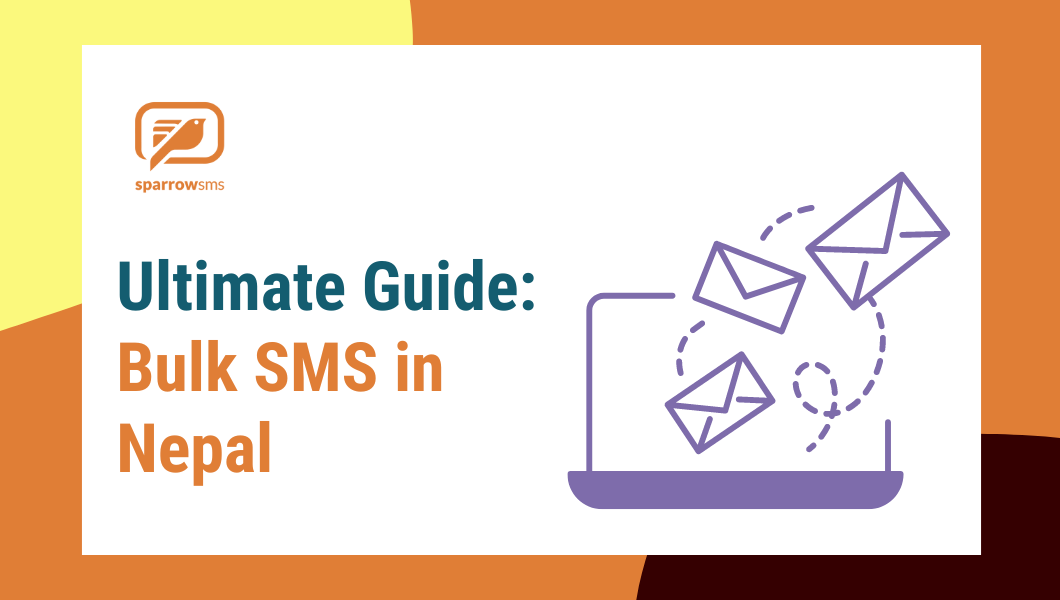For customers who sign-up for your service and provide their mobile numbers, you may use the information as a communication and marketing channel.
For many of the programs that are run by service providers, it is possible to assign keywords along with an appropriate subset of keywords to each customer you have in your database. You can also divide these clients into categories, based on the product or their interest and so on. Contacts can also sign up to receive certain communications from your business.
What is SMS?
SMS is like the paging method. However, SMS messages do not necessitate for the mobile phone to be in use and within range. They can be stored for several days after the phone is in active use and within the range. SMS messages are transmitted using mobile information via cellular networks starting with 2G for anyone who has roaming capability.
Cell phones constantly transmit and receive information from cell towers to receive general information and updates. SMS was born from the realization that text characters could be connected to those “signals” and text messaging is now developed.
This is the reason that most SMS definitions refer to communications protocols. A “protocol” is just a set of rules to govern the way two entities communicate. In this light, we can conclude that “Short Messaging Services” (SMS) can be described as a communication protocol that was developed to transmit texts and receive messages through cell towers. On the 3rd of December 1993, English computer engineer Neil Papworth used his computer to send the first text message in short form in a text message to Vodafone Director Richard Jarvis wishing him a Merry Christmas.
How Do SMS Messages Work?
The phone first converts your message to the GSM alphabet, which is 7 bits. Without getting into too many specifics, this alphabet takes the words from the previous message and converts them into the smallest bits of information that can be sent to a cell phone tower.
It also includes the basic information regarding it like its time stamp and the number of the recipient. After the cell tower receives your message, it transmits it to a system known as the Short Message Service Center (SMSC).
The SMSC determines who your friend -the recipient is, and then checks to see whether they are within range. If they are in range, the message is delivered to the tower closest to them, and finally, their mobile number. The phone of your friend turns the messages to your phone’s GSM seven-bit alphabet in characters by applying the same algorithm, however in reverse.
The particularly interesting thing is that, if the SMSC is unable to locate the phone the message will go around the system until the phone connects after which it instantly sends the message.
On modern mobile phones, you’ll be able to see that messages with more than 160 characters – the standard number of characters for SMS-are sent to your mobile and then delivered in one text message. Sparrow SMS is the SMS service provider in Nepal. These messages are called MMS (multimedia messaging service.) The main difference between MMS, as opposed to SMS, is the fact that MMS utilizes a distinct communications protocol that lets people send multimedia content, such as audio, images, or video. MMS messages can accommodate up to 1,600 characters.
If you’re looking for a greater understanding of the way SMS functions and how it works, from the variations in voltage that occur when tapping glass on the phone to more detailed details about the SMS mobile network, this in-depth piece on the way to send SMS messages is designed suitable for you.


